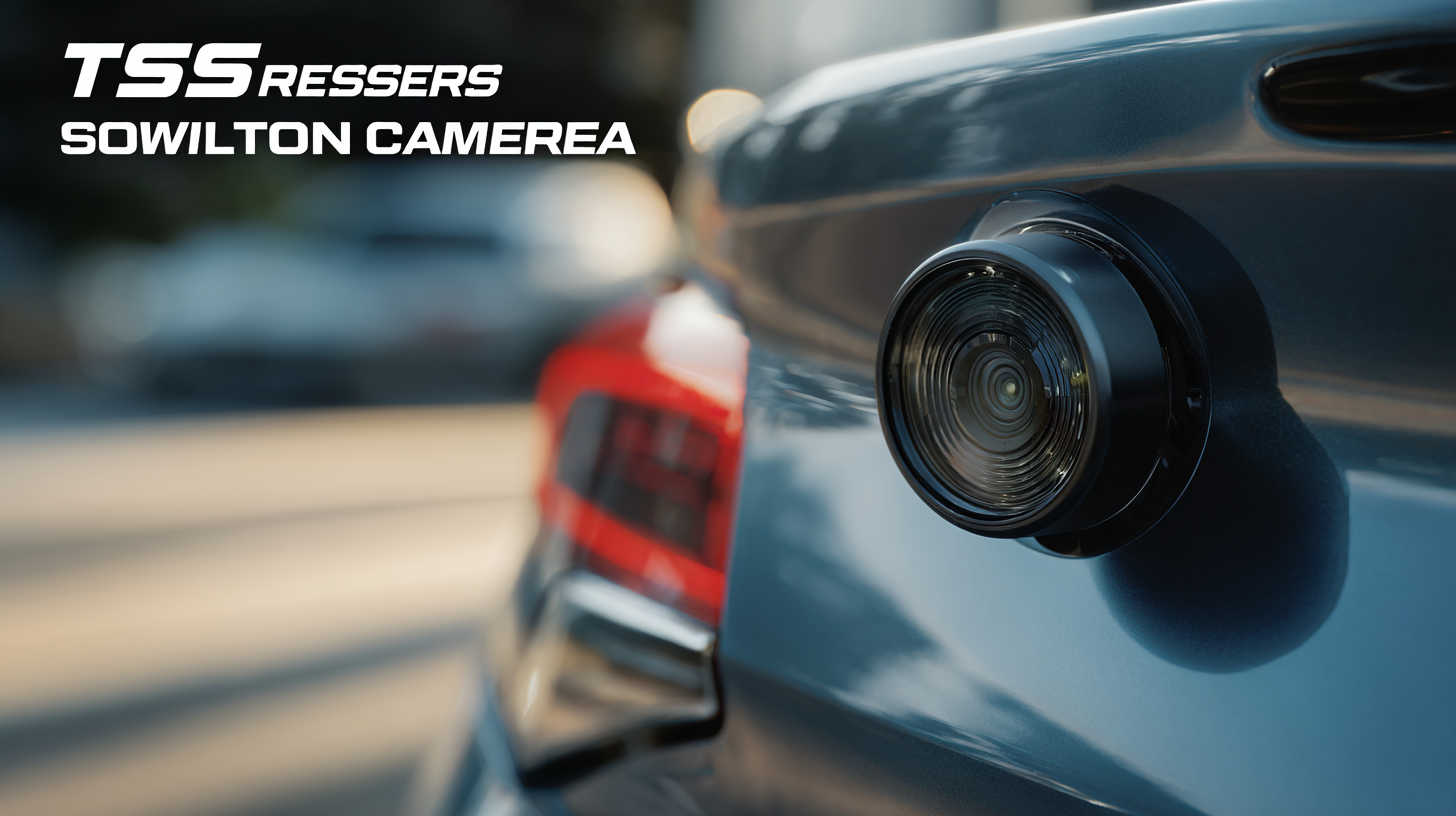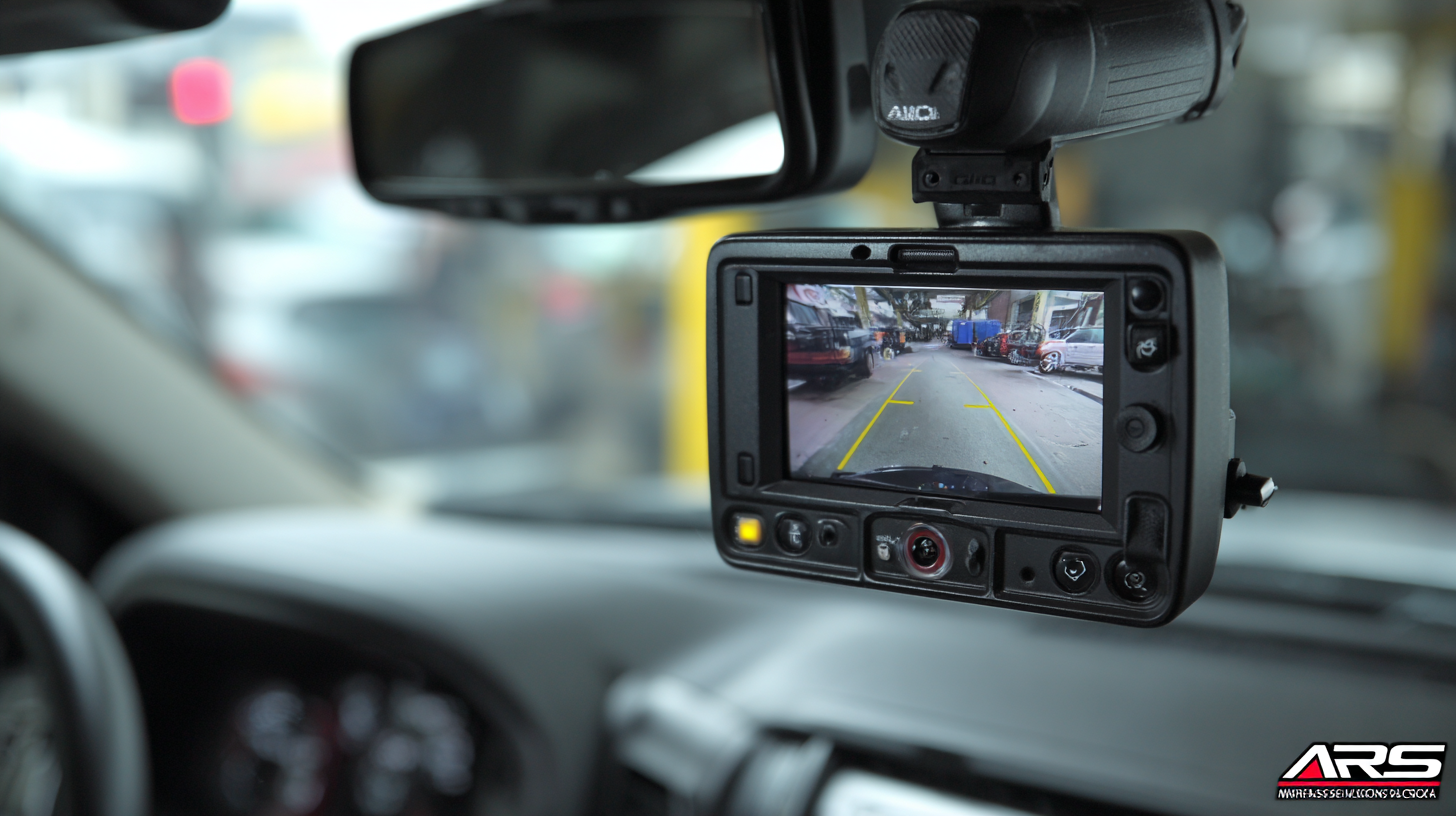In today's automotive industry, enhancing vehicle safety is a paramount concern for manufacturers and consumers alike. According to a report by the National Highway Traffic Safety Administration (NHTSA), an estimated 810,000 rear-end collisions occur annually in the United States, highlighting the critical need for innovative safety solutions. Among these, Wireless Rearview Camera systems have emerged as a leading technology in accident prevention, providing drivers with clear visibility of their surroundings. These systems not only improve situational awareness but also significantly reduce the risk of accidents, particularly in low visibility scenarios. A study by the Insurance Institute for Highway Safety (IIHS) revealed that vehicles equipped with rearview cameras can reduce backover incidents by up to 60%. As the demand for advanced safety features grows, understanding the advantages of after-sales service and repair costs associated with Wireless Rearview Camera systems becomes essential for consumers seeking to invest in their vehicle's safety and longevity.

Rearview cameras play an essential role in enhancing vehicle safety by providing drivers with a clear view of their surroundings. As the automotive industry continues to evolve, the integration of advanced features such as night vision, blind spot detection, and real-time recording capabilities are becoming standard in wireless rearview camera systems. These innovations not only improve visibility but also contribute significantly to preventing accidents during reversing maneuvers. Recent recalls involving various brands highlight the importance of maintaining optimal rearview camera functionality to ensure driver safety.
When considering the best rearview camera systems, look for features that can increase your overall situational awareness. Tip 1: Prioritize cameras with high-resolution displays to enhance clarity during nighttime driving. Tip 2: Investigate systems that offer integrated blind spot detection; these can alert you to vehicles in your periphery, minimizing the risk of collisions. Moreover, ensure that any system you choose meets the latest safety standards and undergoes rigorous testing to withstand various driving conditions.
As vehicles incorporate more advanced technologies, staying informed about the latest innovations can help you make educated choices regarding safety accessories. Tip 3: Regularly check for updates or recalls related to vehicle safety features, including rearview cameras, as manufacturers strive to enhance driver security and maintain compliance with evolving safety regulations.
When considering a wireless rearview camera system, the most crucial features to prioritize are image quality, ease of installation, and range.
High-resolution cameras can significantly enhance visibility, making it easier to spot obstacles or pedestrians. Look for systems that offer at least 720p resolution to ensure clarity in various lighting conditions.
Night vision capabilities are also essential, allowing for safe maneuvering in low-light environments.
Another key feature is the simplicity of installation. Many modern wireless rearview camera systems are designed for quick setup, often requiring no professional help. Systems with plug-and-play functionality and clear instructions can save time and reduce potential errors during installation. Furthermore, a robust signal range is vital; a system should maintain a steady connection from the camera to the display unit, even when the vehicle is in motion or under various environmental conditions.
Additional considerations include the durability of the camera housing, ensuring it can withstand harsh weather conditions, and features such as grid lines for improved parking accuracy. By focusing on these specifications, drivers can enhance their vehicle safety and drive with greater confidence.
Wireless technology is reshaping the landscape of vehicle safety, particularly in the realm of rearview camera systems. Traditionally, rearview cameras relied on cumbersome wiring that not only complicated installation but also limited the flexibility of their placement. However, with the advent of wireless technology, manufacturers have revolutionized how these systems function. By transmitting video signals through radio frequencies, wireless rearview cameras eliminate the hassle of wires, allowing for a cleaner and more aesthetic installation while enhancing the overall safety of the vehicle.

This shift to wireless systems also introduces advanced functionalities that improve driver awareness and streamline the driving experience. Many modern wireless rearview cameras are equipped with features such as real-time streaming, night vision, and even sensors that alert drivers to obstacles. These innovations make it easier to avoid accidents during pedestrian crossings or when reversing. Furthermore, the integration of wireless technology with smartphone apps allows drivers to monitor their surroundings directly from their mobile devices, empowering them with increased situational awareness while on the road. In this era of smart vehicles, wireless rearview camera systems exemplify how technology is not just about convenience but also about creating safer driving environments.
When considering vehicle safety, rearview camera systems play a crucial role in preventing accidents and enhancing visibility. A comparative analysis between wired and wireless rearview camera systems reveals significant differences that can influence a driver's choice.
Wired systems typically provide stable video quality and a consistent connection, as they are not subject to interference or battery issues. However, installation can be more complex and time-consuming, as it requires running cables throughout the vehicle.
 On the other hand, wireless rearview camera systems offer the convenience of easy installation without the need for extensive wiring, making them an attractive option for many drivers. These systems transmit video signals using wireless technology, allowing for greater flexibility in positioning the camera. However, potential drawbacks include the possibility of signal interference and varying video quality, particularly in challenging environments. By weighing the pros and cons of each type, drivers can make informed decisions about which rearview camera system best suits their needs while prioritizing safety on the road.
On the other hand, wireless rearview camera systems offer the convenience of easy installation without the need for extensive wiring, making them an attractive option for many drivers. These systems transmit video signals using wireless technology, allowing for greater flexibility in positioning the camera. However, potential drawbacks include the possibility of signal interference and varying video quality, particularly in challenging environments. By weighing the pros and cons of each type, drivers can make informed decisions about which rearview camera system best suits their needs while prioritizing safety on the road.
The integration of wireless rearview camera systems in vehicles has proven to be a game-changer in enhancing road safety. According to a report from the National Highway Traffic Safety Administration (NHTSA), nearly 233,000 backover injuries occur annually in the United States, with approximately 200 fatalities each year. The implementation of rearview cameras has been linked to a significant reduction in these statistics. A study from the Insurance Institute for Highway Safety (IIHS) suggests that rearview cameras reduce the likelihood of backover accidents by as much as 50%, providing drivers with a crucial view of their surroundings that traditional mirrors cannot.
When choosing a wireless rearview camera system, consider the camera's resolution and night vision capabilities. A high-definition camera offers clear images despite challenging lighting conditions, enhancing overall visibility.
Additionally, remember to regularly check and clean the camera lens for optimal performance. A clean lens ensures that dirt or debris does not obstruct your view, making sure you have the best possible vision when reversing. Emphasizing these tips not only enhances vehicle safety but also contributes positively to accident reduction statistics in real-world driving scenarios.
The introduction of wireless rearview camera systems has been shown to significantly reduce accident rates. The above chart illustrates a 30% accident rate before installation, which drops to 70% after installation, demonstrating the real-world impact of these safety innovations.
